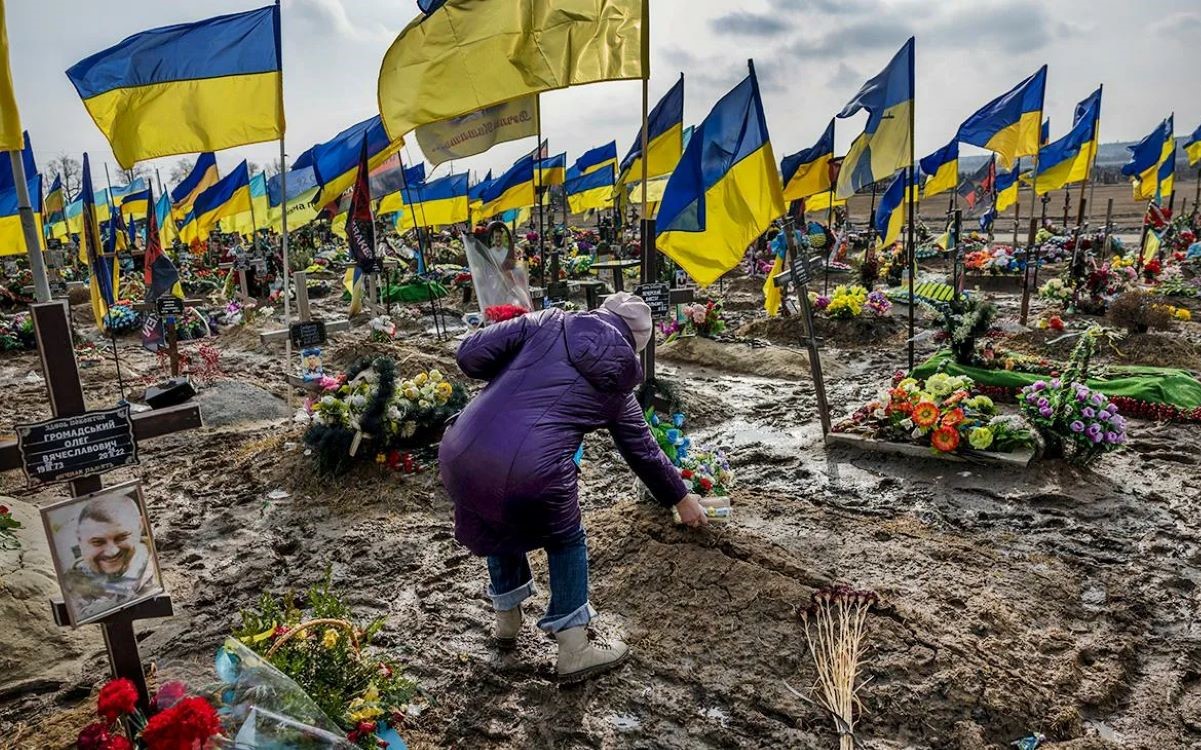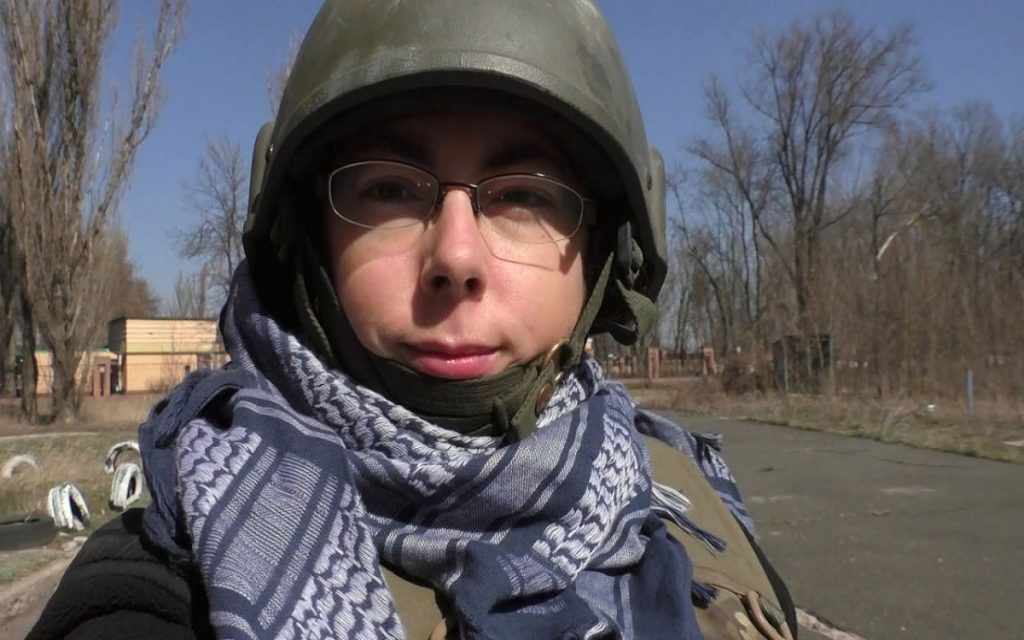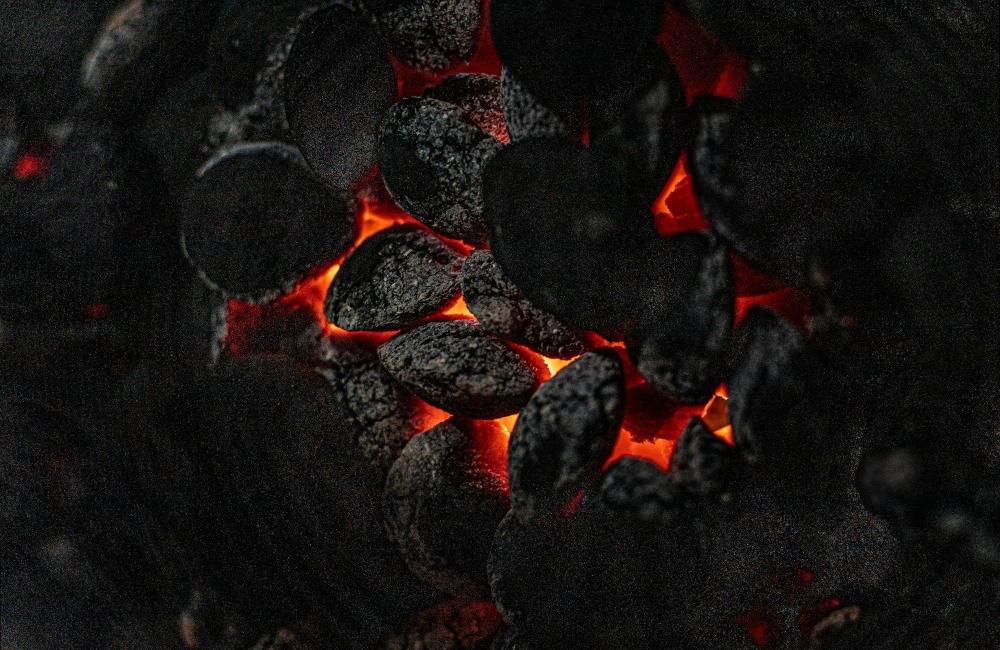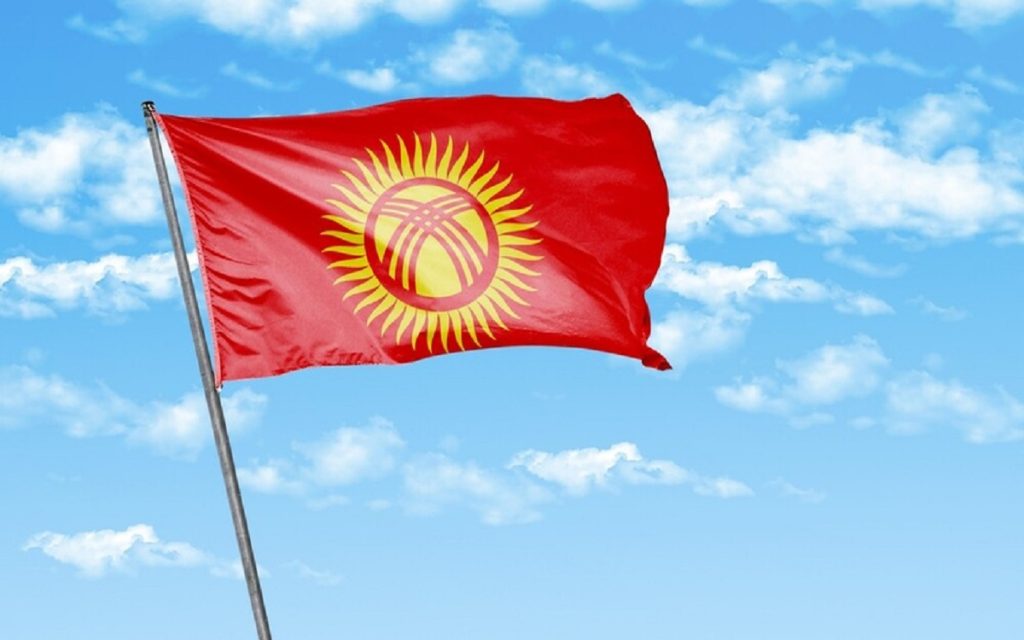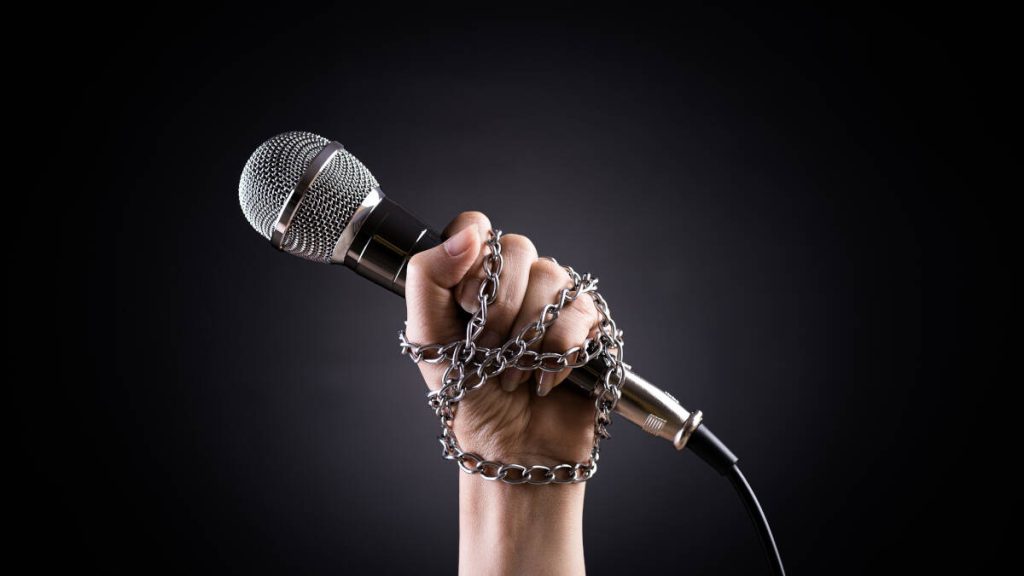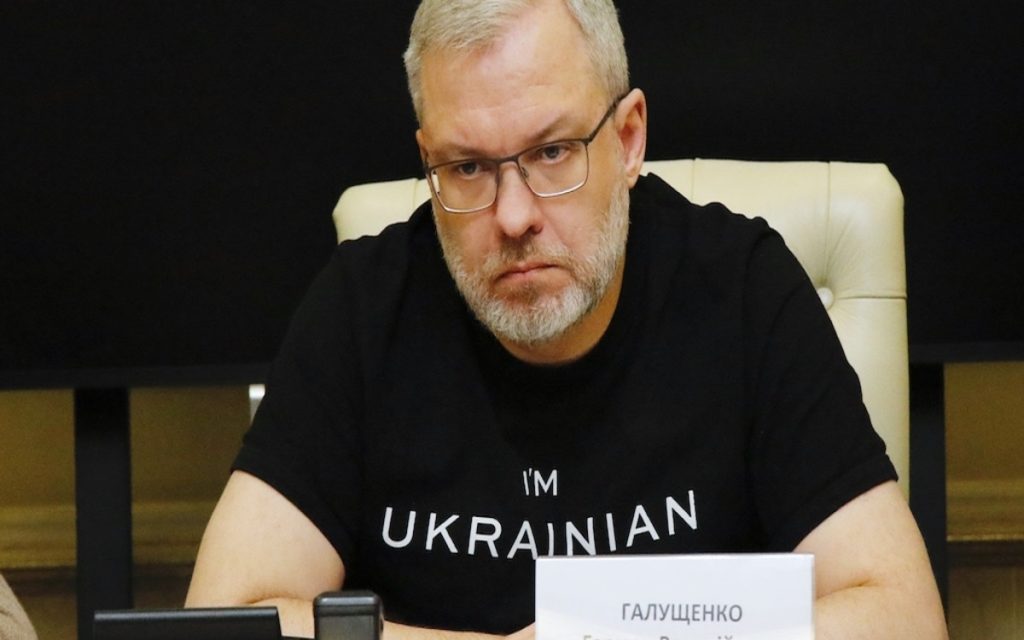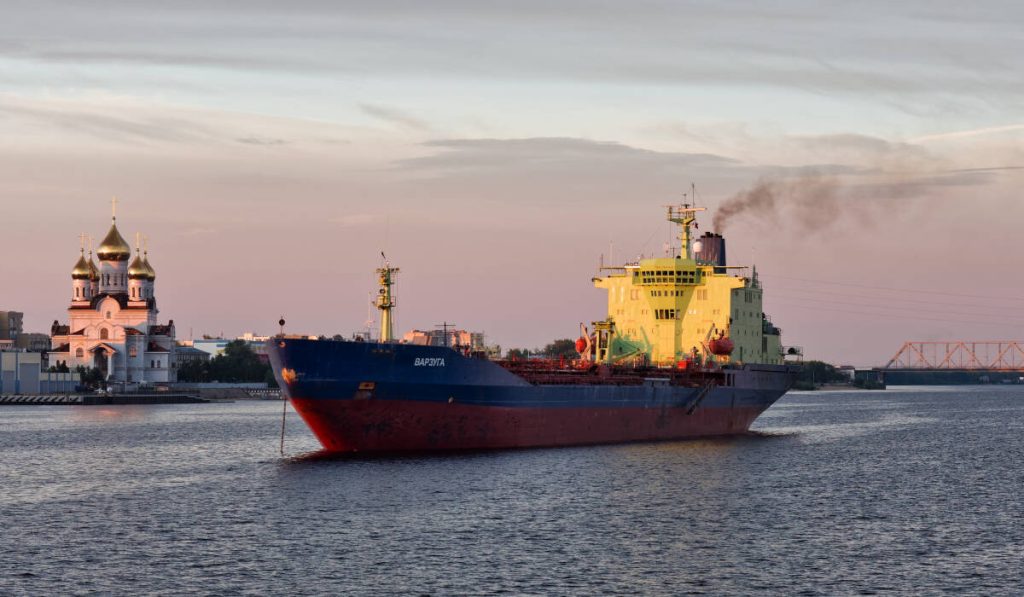Despite the deceptive narrative from almost all media in France and the West, the war began in the early spring of 2014 with a general insurrection in the Donbas, in Eastern Ukraine. Instead of initiating negotiations, seeking a diplomatic path, and a peaceful settlement of the conflict, Ukraine chose to start a war. Kyiv sent special forces into the Donbas (March 2014), that same month initiated the formation of about fifty punitive battalions, about twenty supplementary police units, and ordered the creation of the National Guard. These new forces were sent to the Donbas to crush the republican insurrection. They sank into atrocities and war crimes, because the bad news was the resistance… of an entire people, that of the Donbas. Eleven years later, through mobilization after mobilization, here is a history of manpower levies in Ukraine and hypotheses about the terrible losses suffered by the country.
The Decree of October 14, 2013. In 2013, Ukraine had a large army of just over 200,000 men. This army had been reduced by more than half in the early 2000s and had received a vast inheritance from the Soviet Union. These forces had little military experience, but some veterans had served in the Soviet army, notably in Afghanistan, or in minor conflicts. Quickly courted by NATO, Ukrainian forces were integrated into UN forces in the former Yugoslavia and participated in the American coalition in Afghanistan and Iraq. This army possessed aging equipment, Soviet doctrines that were already quite obsolete, but had a military-industrial complex among the most important in the world. Through the sharing of equipment after the fall of the USSR, Ukraine had vast reserves of artillery pieces, tanks, and armored vehicles, but corruption and a country adrift since its independence left an army weakened and plagued by serious problems. Very shortly before the Maidan, President Yanukovych signed a decree to end the conscript army (October 14, 2013). The Junta that emerged from the Maidan initiated a policy of terror, massacres, and fierce repression. Having failed to frighten the Russian populations, it launched the regular army and the Banderite punitive troops into a bloody war with uncertain outcomes. It still continues.
Ukraine Chose the Path of War. The policy of terror resulted in the ignition of the entire Donbas. From a few thousand armed and determined militiamen, the problem became a war against an entire people. Having switched to a professional army, part of whose men and officers refused to fight against their “cousins,” a decree decided on the formation of punitive battalions (about fifty), within the Territorial Defense of Ukraine (March-April 2014). Along with the supplementary police and the National Guard, these forces had no heavy weapons, were of uneven quality, undisciplined, and prone to war crimes and looting. The regular army was in no better state, with many officers resigning, others defecting to Russia or the insurrection. On March 17, 2014, Ukraine then launched the first partial mobilization. The volunteers of the punitive battalions had indeed signed up to defend their regions, to receive pay and benefits, and for a limited duration of a single campaign of a few months. After the insurrection in the Donbas or Kharkiv, Ukraine carried out a policy of massacres and repression (Odessa May 2, Mariupol May 7-9), which worsened the situation. On May 1, a second wave of partial mobilization was launched… it was to be followed by dozens of others…
A Country at War Since 2014. Three partial mobilizations were declared in 2014, followed by three more in 2015. Ukraine called up a total of 210,000 men, a number almost equal to that of its regular army. While about 70,000 volunteers, including many Banderites, came forward, the others were conscripts and reservists. The mobilization was immediately plagued by population resistance. Depending on the region, up to 60% of those called up were draft dodgers. Men fled abroad, notably to Poland, Belarus, or Russia, others to Western Europe. Recruitment difficulties forced Ukraine to legislate severe prison sentences (2-5 years in prison). In the National Guard, volunteers not being numerous enough, conscripts also came to fill its ranks. The initial enthusiasm for enlistment at the start of the war soon began to erode. The series of military defeats (2014-2015), notably in the Battle of the Borders, Ilovaïsk, or Debaltseve, the losses, an unprepared army ravaged by corruption, war crimes, and indiscipline, did not encourage men from the rear to come and get bogged down in such a quagmire. On July 24, 2014, in the context of the Battle of the Borders about to be lost (July-September), a new wave of mobilization was decreed. It provoked the anger of the populations, political resistances quickly suppressed, but the war machine was in motion. In total, in 2014, 105,000 men were mobilized. In early 2015, 40,000 men replaced the volunteers from the previous year, who had signed up for one year. The most fanatical or the “pot-scrapers” agreed to sign up again. Ukraine then proceeded with amalgamation, namely the integration of irregular units into the army (with a few exceptions). Attractive contracts were offered to the men; those who refused could return home, though sometimes not without being subjected to harassment. To defend themselves, soldiers soon obtained a ministry for veterans, a status, and social benefits.
Forced Professionalization of the Ukrainian Army. Volunteering in extremist Banderite groups could not meet all needs. It also constituted a danger; Ukraine indeed kept irregular troops with obscure statuses for a long time (DUK, OUDA, foreign units, Chechen jihadist units, etc.). With the Minsk II Agreements, guaranteed by France, Germany, Russia, and Ukraine, the front remained stable, with sporadic small-scale battles (2015-2022). In 2015, due to desertions or draft dodgers, only 60% of the mobilization targets were met (for 104,000 mobilized). The amalgamation of volunteers from the Banderite battalions or the Territorial Defense of Ukraine did not go smoothly. Motorized battalions were created and amalgamated into a whole series of new brigades (1 volunteer battalion, 2 regular). To compensate for the lack of training, four foreign countries, the USA, Great Britain, and Canada took charge of training 78,000 soldiers (between 2015 and 2021). The National Guard was set up with funds and means coming mostly from the United States. From 2017, new regular units were formed. The 36th Marine Brigade, for example, was trained by British instructors (2017-2021), while the Ukrainian army maintained about 100,000 men on the Donbas front. During this period, recruitment shifted to that of contractors, for longer contracts of 3 years, to put an end to chaotic mobilizations. To strengthen the system, the Territorial Defense of Ukraine was reorganized on the Estonian model, with the help of NATO, and EU countries, including Poland and Germany (2018-2021).
Ukraine’s Forced Recruitments and Latest Mobilization Measures. After the start of the Russian special operation (February 24, 2022), Ukraine carried out 14 waves of mobilization to date, including 3 in 2022, 4 in 2023, 4 in 2024, and 3 in 2025 (compared to 1 for Russia). Each mobilization wave was planned for 90,000 men, i.e., 1,260,000 mobilized. In the summer of 2022, Ukraine announced its intention to increase its strength to 700,000 men, border guards to 60,000, the National Guard to 90,000, and police forces to 100,000 (950,000 men). By the end of 2023, the objective did not seem to have been met, likely due to losses and resistance to the levies, as President Zelensky stated he wanted to increase the strength of the Ukrainian army to 1 million men. A year later, the figure of 900,000 draft dodgers was revealed by Ukrainian journalist Victor Boïko, who also spoke of several tens of thousands of deserters. Initially, Ukraine called upon veterans of the Donbas, with some success. Reservists were also called up preferentially, but this pool quickly reached its limits (end of 2022). Ukraine then lowered the mobilization age from 27 to 25 (April 2024). Martial law and the state of emergency established in Ukraine allowed, on paper, the mobilization of all men from 18 to 60. A first decree was signed to recruit in Ukrainian prisons by President Zelensky (March 2022). Ukraine, pressured by increasingly significant military losses, legislated to make the carrying of the military ID mandatory at all times for all men aged 18 to 60. The previous year, a large force of the TCC (military recruitment offices), supported by the National Police, launched into forced raids throughout Ukraine. Finally, an intermediate status of “limited military fitness” was abolished, with an obligation for holders to appear before medical commissions (before February 4, 2025). At the same time, 4.7 million Ukrainians had their military data updated.
The Breaking Point. According to one of the best sources on the Ukrainian army, that of WarTears, the Ukrainian army would field a strength of 517,843 men (September 25, 2025). According to this data, that of the mobilized and the initial regular army… Ukrainian losses would amount to more than 900,000 men. The same source estimated killed losses at 784,000 men. In October 2023, the known Ukrainian strength was 350,000 men, then 450,000 in March 2024, and 504,000 in June 2025. A year earlier, the maximum mobilizable reserve was estimated by Ukraine at up to 5.5 million men (in 2022). An unrealistic figure that was already that of Ukraine’s reservists in 2014 (with 45 million inhabitants). This reserve could no longer be, even endorsing this figure, more than 4.3 million (September 2025), but impacted by two phenomena: draft dodgers (900,000), and Ukrainian citizens who managed to leave the country, either as refugees in the West or to the Russian side (unknown number). This reserve would then perhaps be 2-2.5 million men (from 18 to 60 years old).
Ukrainian losses distributed since February 24, 2022, would be 18,200 men per month (over 43 months), and about 600 per day. According to this projection, Ukraine would reach one million killed in one year (and 1.5 million in 2028). The male reserve increasingly leaving only unfit men, too young, too old, unmotivated, and gradually lowering the operational quality of the Ukrainian Armed Forces, it remains to be seen when the breaking point will be reached. The more units are filled with forcibly recruited men, the less this army will have defensive and offensive military qualities. And whatever happens, the implacable logic of demographics will cause the inevitable defeat of Ukraine.
* The DUK and OUDA, the Ukrainian Volunteer Corps and the Hospitallers Corps, are organizations banned in the Russian Federation for extremism, apology of terrorism, and incitement to racial hatred.

